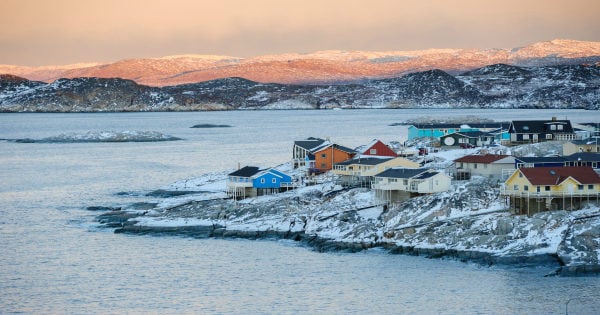
By Andrew King, University of Melbourne
For the Arctic, like the globe as a whole, 2016 has been exceptionally warm. For much of the year, Arctic temperatures have been much higher than normal, and sea ice concentrations have been at record low levels.
The Arctic’s seasonal cycle means that the lowest sea ice concentrations occur in September each year. But while September 2012 had less ice than September 2016, this year the ice coverage has not increased as expected as we moved into the northern winter.
As a result, since late October, Arctic sea ice extent has been at record low levels for the time of year.
NSIDC, Author provided
These record low sea ice levels have been associated with exceptionally high temperatures for the Arctic region. November and December (so far) have seen record warm temperatures.
At the same time Siberia, and very recently North America, have experienced conditions that are slightly cooler than normal.
Geert Jan van Oldenborgh/KNMI/ERA-Interim, Author provided
Extreme Arctic warmth and low ice coverage affect the migration patterns of marine mammals and have been linked with mass starvation and deaths among reindeer, as well as affecting polar bear habitats.
Given these severe ecological impacts and the potential influence of the Arctic on the climates of North America and Europe, it is important that we try to understand whether and how human-induced climate change has played a role in this event.
Arctic attribution
Our World Weather Attribution group, led by Climate Central and including researchers at the University of Melbourne, the University of Oxford and the Dutch Meteorological Service (KNMI), used three different methods to assess the role of the human climate influence on record Arctic warmth over November and December.


Top Comments
Perhaps this may encourage Leo Di Caprio to stop flying his jets around the world to lecture us on driving our cars to and from work.
Haha.....I doubt it.